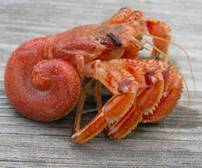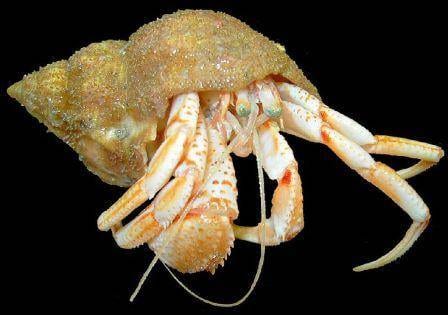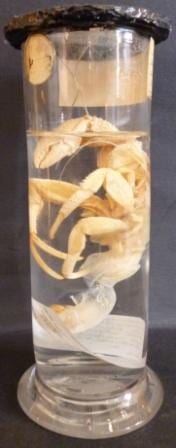Specimen of the Week: Week Ninety-Three
By Emma-Louise Nicholls, on 22 July 2013
 Seven blogs away from the big 1-0-0! In the run up to the 100th blog I am going to bring to you the top ten specimens at the Grant Museum, as voted for by…. me. I have employed strict criteria with which to segregate the top ten from the other 67,990 specimens that we have in our care…
Seven blogs away from the big 1-0-0! In the run up to the 100th blog I am going to bring to you the top ten specimens at the Grant Museum, as voted for by…. me. I have employed strict criteria with which to segregate the top ten from the other 67,990 specimens that we have in our care…
1) It must not be on permanent display, giving you a little behind-the-scenes magic, if you will, as the specimen will then go on display for the week of which it has been named ‘Specimen’. Oh yes. That’s almost as good as our exhibition It Came From The Stores. Almost.
2) It must have at some point in the past made me say ‘woooo’ out loud (given my childlike disposition for expressing wonderment at the world at large, this is not necessarily a hard qualification for the specimen to achieve)
3) I must know (at least in a vague sort of a way) what species the specimen is, as SotW is researched and written within a strict one hour time frame.
With that in mind, at Number Eight, this week’s Specimen of the Week is…
**The right-handed hermit crab**
1) This species is actually more often referred to as the common hermit crab but, its not very nice to be called common plus, I want to emphasise the reason I chose it. Check out that exclamation mark worthy right-hand claw! (At the top of the specimen on the right). The size of the gargantuanly disproportioned right claw is accentuated in our specimen on the basis it is missing its left claw (to clear up any confusion you may have been experiencing). But trust me when I say, the difference would still have been notable.

A right-handed hermit crab out of its
shell, showing the coiled abdomen (Image
taken by Arnstein Rønning. Image
obtained from commons.wikimedia.org)
2) Hermit crabs are not all they seem. If you take a crab out of its carapace, there would be obvious attachment issues and it would not thank you. Plus various animal welfare charities would want to have words. Take a hermit crab out of its shell and, whilst it also probably wouldn’t thank you, you can do so with harming it; they’re not attached. They’re not even part of the same animal. Hermit crabs are actually more closely related to lobsters and lack a traditional crabby exoskeleton of their own. Instead, they take up occupancy of an empty gastropod shell (hence I can say shell rather than carapace). As the ‘crab’ gets bigger, it swaps the shell for a larger one. When out of its shell, the hermit crab looks like a prawn on steroids. If two hermit crabs meet and one likes the look of the others home, shell-envy ensues and induces fierce battles in which the winner will forcibly evict the loser and make off with its shell. Tough times.
3) About shells it can be a menace but when it comes to food the right-handed hermit crab is not fussy. It finds food by filtering organic particles from the water column or scavenging along the sea floor, and will eat almost everything. They are found throughout north-west Europe, and all over Britain. Or, around the outside of Britain, I should probably say.

The two central appendages in the image show the difference in
size between the left and right claws. (Image taken by Hans
Hillewaert. Image obtained from commons.wikimedia.org)
4) Many individuals invest in a side-kick in the form of a sea anemone (called Calliactis parasitica) which they carry on top of their shell. This cross-species marriage provides an additional level of protection against predators for the crab, and improved culinary delights for the anemone. An excellent example of a symbiotic relationship. Aw.
5) The right-handed hermit crab matures at around the age of one. Although it is the same species of hermit crab that inhabits both shallow and deep water, they have slightly different reproductive strategies. Along the shoreline, crabs tend to get jiggy less often, with a peak in January and February. However those living in deeper water are known to carry on regardless and females have been seen carrying eggs all year around. After two months of being carried by the mother, the eggs hatch into tiny little larvae.
Emma-Louise Nicholls is the Museum Assistant at the Grant Museum of Zoology
One Response to “Specimen of the Week: Week Ninety-Three”
- 1
 Close
Close



Very interesting! I didn’t know they were related to lobsters, although this makes sense. I once found a hermit crab in a cave (it was near-ish the sea) and it decided to leave its shell. No amount of persuasion would convince it to put its shell back on, even though it would have been vulnerable without it. The crab left the cave in a huff, stark naked. I felt terrible.